Home>diy>Home Improvement>How To Cover Furniture During Renovation
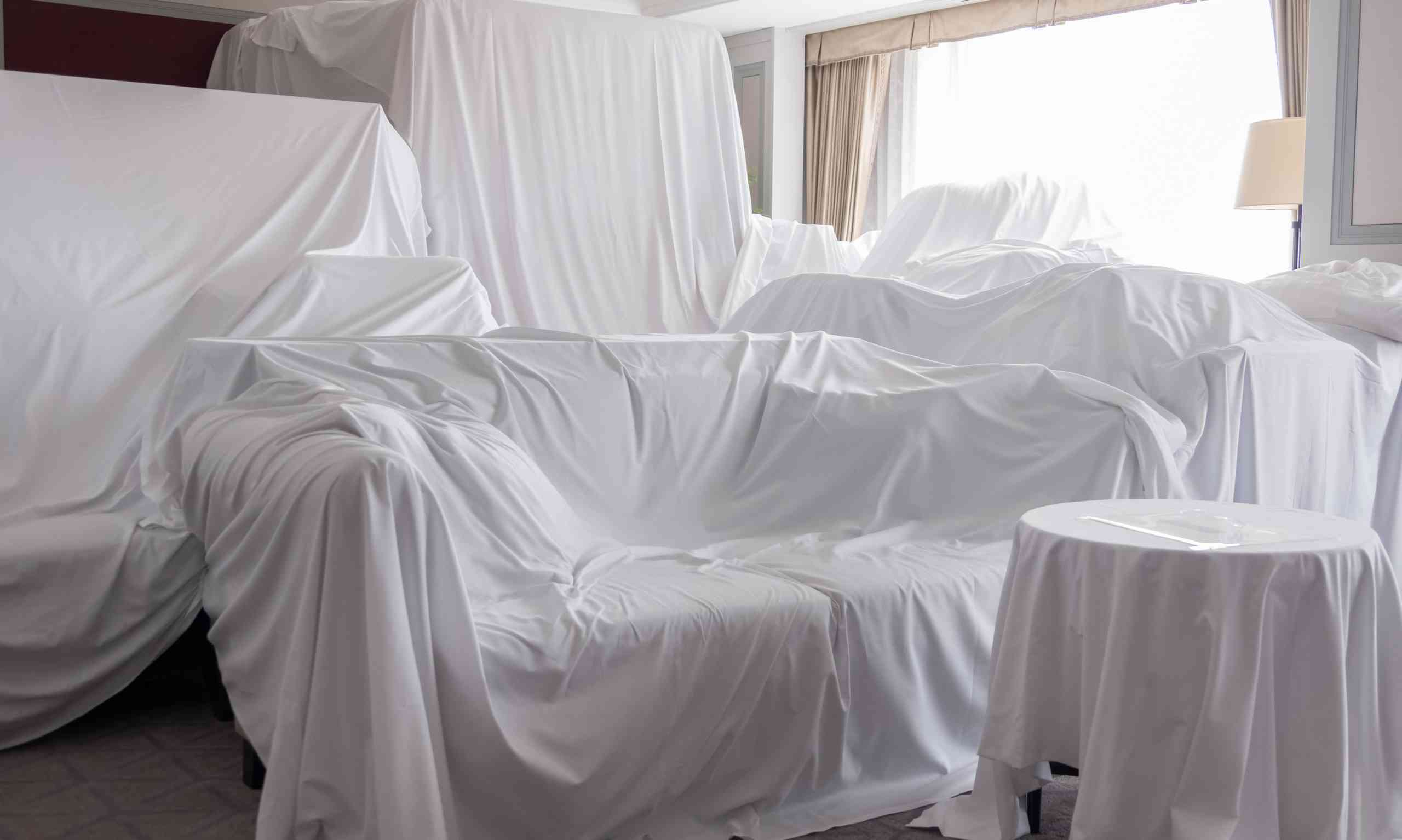

Home Improvement
How To Cover Furniture During Renovation
Modified: February 28, 2024
Looking to cover your furniture during a home improvement project? Discover effective methods and tips to protect your valuable pieces during renovation.
(Many of the links in this article redirect to a specific reviewed product. Your purchase of these products through affiliate links helps to generate commission for Storables.com, at no extra cost. Learn more)
Introduction
Renovating your home is an exciting endeavor that can transform your living space into a personal sanctuary. However, during the renovation process, it’s important to protect your furniture from dust, debris, paint splatters, and potential damage. Covering your furniture not only preserves its integrity but also saves you from the hassle of cleaning or repairing it later.
In this article, we will guide you through the process of covering your furniture during a renovation. We will discuss the different types of furniture that need to be covered, the materials you should choose for covering, and the techniques you can utilize. By following these tips, you can ensure that your furniture remains in top condition throughout the renovation process.
Key Takeaways:
- Protect your furniture during renovation by determining the scope of the project, choosing the right covering materials, and securing the covers in place. Follow additional tips to ensure maximum protection and enjoy a hassle-free transformation of your living space.
- Safeguard your furniture from dust, debris, and potential damage during renovation. Clean and prepare your furniture, utilize specific wrapping techniques, and implement additional protective measures. With proactive steps, your furniture will remain in excellent condition, allowing you to fully appreciate your newly transformed home.
Read more: Where To Live During Home Renovation
Determine the Scope of Renovation
Before you start covering your furniture, it’s essential to determine the scope of your renovation project. This will help you identify the areas that will be most affected and the duration of the project. By understanding the scope, you can prioritize which furniture pieces need to be covered and plan accordingly.
Start by assessing the rooms or areas where the renovation will take place. Will it be a full remodel of the entire house, or will it be limited to specific rooms like the kitchen, bathroom, or living room? Understanding this will help you gauge the amount of work that needs to be done and how it may impact your furniture.
Next, consider the activities involved in the renovation. For example, if you’re planning to repaint the walls or install new flooring, there will likely be a significant amount of dust and debris generated. Take note of the specific tasks that could potentially affect your furniture, such as sanding, drilling, or plastering.
Additionally, think about the timeline of the renovation. Will it be a quick project that can be completed in a few days, or will it be an extensive remodel that could take weeks or even months? This will help you determine if you need temporary storage for your furniture or if covering them will suffice.
By evaluating the scope of your renovation, you can make informed decisions about which furniture pieces need protection and how extensive your covering efforts should be. This will ensure that you allocate your time and resources efficiently while safeguarding your furniture from potential damage.
Types of Furniture that Need to be Covered
During a renovation, it’s important to identify the specific types of furniture that require protection. While every piece of furniture in your home may not need covering, certain items are more susceptible to damage from dust, paint, or other debris. Here are some common types of furniture that should be covered:
- Upholstered Furniture: Sofas, armchairs, and ottomans with fabric or leather upholstery are particularly vulnerable to dust, stains, and paint splatters. It’s crucial to cover these pieces to prevent any damage to the material or cushions.
- Wooden Furniture: Tables, chairs, and cabinets made of wood are prone to scratches and damage from flying debris. Covering them will protect the surface from any accidental bumps or paint drips.
- Electronics: Televisions, speakers, or other electronic devices should be covered to shield them from dust and potential damage during construction activities. It’s essential to disconnect and cover the cords as well.
- Mattresses and Bedding: Whether you’re renovating the bedroom or nearby areas, it’s advisable to cover mattresses and bedding to prevent them from getting dirty or damaged by dust or paint particles.
- Delicate and Antique Furniture: If you have any delicate or antique pieces that are valuable or sentimental, it’s crucial to give them extra protection. Cover them with specific materials designed for fragile items.
While these are some common types of furniture that need covering, it’s important to assess your specific situation and identify any additional pieces that may be at risk. Once you have determined which items require protection, you can move on to selecting the appropriate covering materials.
Choosing the Right Covering Materials
When it comes to covering your furniture during a renovation, selecting the right materials is crucial. The materials you choose should provide adequate protection against dust, debris, and potential damage, while also being easy to use and remove. Here are some options to consider:
- Plastic Sheets: Plastic sheets are a popular choice due to their affordability and versatility. They provide a barrier against dust, paint splatters, and moisture. Ensure that the plastic sheets are thick enough to prevent tearing and large enough to fully cover the furniture.
- Drop Cloths: Drop cloths made of canvas or heavy-duty fabric are an excellent choice for protecting your furniture during a renovation. They are durable, reusable, and provide better protection than plastic sheets. Drop cloths are especially useful when it comes to covering large furniture items like sofas or dining tables.
- Furniture Covers: Specialty furniture covers are specifically designed to protect different types of furniture. You can find covers for sofas, chairs, mattresses, and more. These covers often have elastic or tie straps to secure them in place. Look for covers made of durable and breathable materials that are resistant to dust and stains.
- Bubble Wrap: Bubble wrap is an excellent option for protecting fragile or delicate furniture items like glass tables or mirrors. It provides cushioning and prevents any accidental bumps or scratches during the renovation process.
- Tape and Plastic Wraps: Use tape to secure the covers and ensure that they stay in place. Additionally, consider using plastic wraps to seal any gaps or open areas to provide extra protection from dust and debris.
When choosing covering materials, keep in mind the size and shape of your furniture, as well as the specific needs of each piece. It’s also wise to purchase extra materials in case you need to replace or add additional coverings during the renovation.
Remember, the goal is to protect your furniture without causing damage in the process. Avoid covering furniture with materials that can trap moisture or cause heat buildup, as this can lead to mold or warping. Choose materials that are breathable and allow air circulation to prevent any moisture buildup.
Once you’ve selected the appropriate covering materials for your furniture, it’s time to prepare the items before wrapping them up.
Preparing the Furniture for Covering
Before you start covering your furniture, it’s important to prepare them to ensure maximum protection and make the covering process more efficient. Here are some steps to follow when preparing your furniture for covering during a renovation:
- Clean the Furniture: Begin by thoroughly cleaning your furniture to remove any dust, dirt, or loose particles. Use a soft cloth or a gentle brush to wipe down the surfaces. This will prevent any debris from getting trapped under the cover, potentially causing scratching or damage.
- Remove Loose Items: Take off any removable cushions, pillows, or accessories from the furniture. Store them separately or cover them individually to keep them clean and protected.
- Disassemble When Possible: If you have furniture items that can be disassembled, such as tables or desks with removable legs, consider taking them apart. This will make covering each part easier and provide more thorough protection.
- Protect Delicate Areas: For furniture with delicate or exposed areas, such as glass tabletops or intricate carvings, use protective materials like foam padding or cardboard to safeguard those areas before covering. This will provide an extra layer of protection against potential impacts or scratches.
- Secure Loose Parts: Check your furniture for any loose or wobbly parts, such as knobs, handles, or decorative elements. Ensure that they are tightly secured or consider removing them temporarily to prevent any damage during the renovation process.
- Cover Electronics: If you have electronic devices like televisions or speakers, make sure to disconnect and cover the cords with tape to protect them from dust or potential damage.
By taking the time to prepare your furniture properly, you can minimize the risk of damage and ensure that the covering process goes smoothly. Once your furniture is cleaned and prepared, it’s time to start wrapping them with the chosen covering materials, using specific techniques for different furniture items.
Use plastic drop cloths to cover furniture during renovation to protect it from dust, paint, and debris. Secure the drop cloths with tape to ensure full coverage and protection.
Read more: How To Cover Patio Furniture
Wrapping Techniques for Different Furniture Items
When it comes to covering furniture during a renovation, different items require specific wrapping techniques to ensure proper protection. Here are some wrapping techniques for different types of furniture:
- Upholstered Furniture: Start by placing a plastic sheet or drop cloth over the entire piece of furniture. Tuck it in tightly around the cushions and use tape to secure it in place. For added protection, you can also wrap the cushions individually with plastic or fabric covers.
- Wooden Furniture: Clean the surface of the furniture and place a layer of plastic or drop cloth over it. Secure the covering tightly using tape to prevent it from shifting. For furniture with delicate surfaces or glass tops, consider using additional padding, such as bubble wrap, before covering.
- Electronics: Disconnect any cords or cables and cover them individually with plastic wrap, securing it with tape. For the electronic devices themselves, use plastic or fabric covers designed specifically for electronics. Ensure that the covers are snug and don’t obstruct any ventilation areas.
- Mattresses and Bedding: Start by cleaning the mattress and bedding thoroughly. Place the mattress in a plastic mattress bag, ensuring it fits securely. Seal the bag with tape to prevent any dust or moisture from entering. For bedding, use large plastic bags or fabric covers and secure them tightly.
- Delicate and Antique Furniture: Clean the furniture gently and place protective materials, such as foam padding or cardboard, over delicate areas. Use plastic or fabric covers designed for delicate furniture to provide an extra layer of protection. Ensure the covers fit snugly and secure them with tape.
When wrapping furniture, it’s important to ensure a tight and secure fit to prevent the cover from shifting or coming off during the renovation. Use tape or ties to secure the coverings, ensuring they don’t obstruct any ventilation areas or openings.
For large furniture items like sofas or dining tables, consider using furniture sliders to move them easily while covered. This will help protect both the furniture and the floor during the renovation process.
By following these wrapping techniques, you can effectively safeguard your furniture from dust, debris, and potential damage during the renovation.
Once the furniture is wrapped, it’s important to secure the covers in place to prevent them from slipping or coming off.
Securing the Covers in Place
After covering your furniture during a renovation, it’s crucial to secure the covers in place to ensure maximum protection and prevent them from slipping or coming off. Here are some tips to help you secure the covers effectively:
- Use Tape: Tape is a simple and effective way to secure the covers in place. Use strong and durable tape, such as painter’s tape or duct tape, to tape down the edges of the covers to the furniture. Make sure to tape all the way around the furniture to prevent any openings or gaps.
- Use Ties or Straps: For covers that have tie straps or elastic bands, make sure to tighten them securely around the furniture. This will help keep the covers in place and prevent them from shifting or slipping off.
- Secure with Furniture Clamps: If you’re covering furniture with removable parts, such as table legs or chair backs, consider using furniture clamps to secure these parts in place. This will ensure that the covers stay intact even if there’s movement or handling during the renovation process.
- Apply Elastic Bands: In some cases, you may need to use additional elastic bands to secure the covers tightly. Wrap the elastic bands around the furniture, ensuring they are snug but not too tight to cause any damage.
- Check and Re-Adjust: Regularly check the covers to ensure they remain in place and adjust them if necessary. As the renovation progresses, there may be vibrations or movements that could loosen the covers. Taking a few moments to check and re-secure them will provide ongoing protection.
Remember, the goal is to keep the furniture covers securely in place while still allowing for easy removal when the renovation is complete. Avoid using materials or methods that may cause damage to your furniture, such as using heavy-duty tape directly on delicate materials.
By properly securing the covers, you can ensure that your furniture remains protected throughout the renovation process. However, there are a few additional tips that can further enhance the protection of your furniture during this time.
Additional Tips for Furniture Protection During Renovation
Protecting your furniture during a renovation goes beyond simply covering it. Here are some additional tips to keep in mind to ensure the utmost protection for your furniture:
- Create a Designated Protected Zone: If possible, designate a specific area in your home where your covered furniture can be stored safely during the renovation. This will help minimize any accidental damage that may occur from construction activities.
- Move Furniture Away from the Renovation Area: Whenever possible, move your furniture to an area of your home that is farthest away from the renovation zone. By doing this, you can significantly reduce the risk of dust, debris, and accidental damage.
- Secure Valuable or Irreplaceable Items Off-Site: If you have furniture pieces that are particularly valuable, sentimental, or irreplaceable, consider storing them off-site in a secure storage facility for the duration of the renovation. This will provide extra peace of mind knowing that they are completely protected.
- Cover Floors and Walls: Lay down protective coverings on the floors and walls to prevent any accidental damage from tools, paint spills, or debris. This will help maintain the overall cleanliness and condition of your home during the renovation process.
- Communicate with Contractors: Clearly communicate to the contractors or renovation team about the importance of protecting your furniture. Provide them with specific instructions on how to handle and move the covered furniture to avoid any mishaps.
- Check for Water or Plumbing Leaks: Before covering and securing your furniture, make sure to check for any water or plumbing leaks in the renovation area. Water damage can be catastrophic for furniture, so addressing any leaks beforehand is essential.
- Keep a Detailed Inventory: Take inventory of all the furniture you are covering and document any existing damages or issues. This will help you identify any new damages that may occur during the renovation process and facilitate potential insurance claims if needed.
Remember, prevention is key when it comes to protecting your furniture during a renovation. Taking proactive measures and following these additional tips will go a long way in preserving the condition and integrity of your furniture throughout the renovation process.
By covering your furniture, securing the covers in place, and implementing these additional tips, you can ensure that your furniture remains safe, clean, and undamaged during the renovation. After the dust settles and the renovation is complete, you can uncover your furniture and enjoy your newly transformed home!
Need Help with your Home Renovation? Contact our Home Improvement Experts today for personalized tips and guidance!
Conclusion
Protecting your furniture during a renovation is an essential step to ensure its longevity and maintain its aesthetic appeal. By covering your furniture with the right materials, securing the covers in place, and taking additional protective measures, you can safeguard your beloved pieces from dust, debris, and potential damage.
Start by determining the scope of your renovation project and identifying the specific types of furniture that need to be covered. Choose the appropriate covering materials for each item, such as plastic sheets, drop cloths, or specialty furniture covers. Remember to prepare your furniture by cleaning them thoroughly, removing loose items, and protecting delicate areas.
Utilize the proper wrapping techniques for different furniture items, ensuring a tight and secure fit. Secure the covers in place using tape, ties, or furniture clamps, and regularly check and readjust them as needed. Additionally, consider implementing additional tips like creating a designated protected zone, moving furniture away from the renovation area, and communicating with contractors about the importance of furniture protection.
By following these steps and taking proactive measures, you can minimize the risk of damage to your furniture and preserve its beauty and functionality throughout the renovation process. Remember to maintain a detailed inventory and document any existing damages to facilitate insurance claims if necessary.
Once the renovation is complete, you can uncover your furniture and enjoy your newly transformed space without the worry of damage or the need for extensive cleaning or repairs. Your furniture will remain in excellent condition, allowing you to fully appreciate the fruits of your labor.
Remember, if you need assistance with your home renovation, don’t hesitate to reach out to our team of home improvement experts for personalized advice and guidance. We’re here to help you create the home of your dreams!
Happy renovating!
Frequently Asked Questions about How To Cover Furniture During Renovation
Was this page helpful?
At Storables.com, we guarantee accurate and reliable information. Our content, validated by Expert Board Contributors, is crafted following stringent Editorial Policies. We're committed to providing you with well-researched, expert-backed insights for all your informational needs.
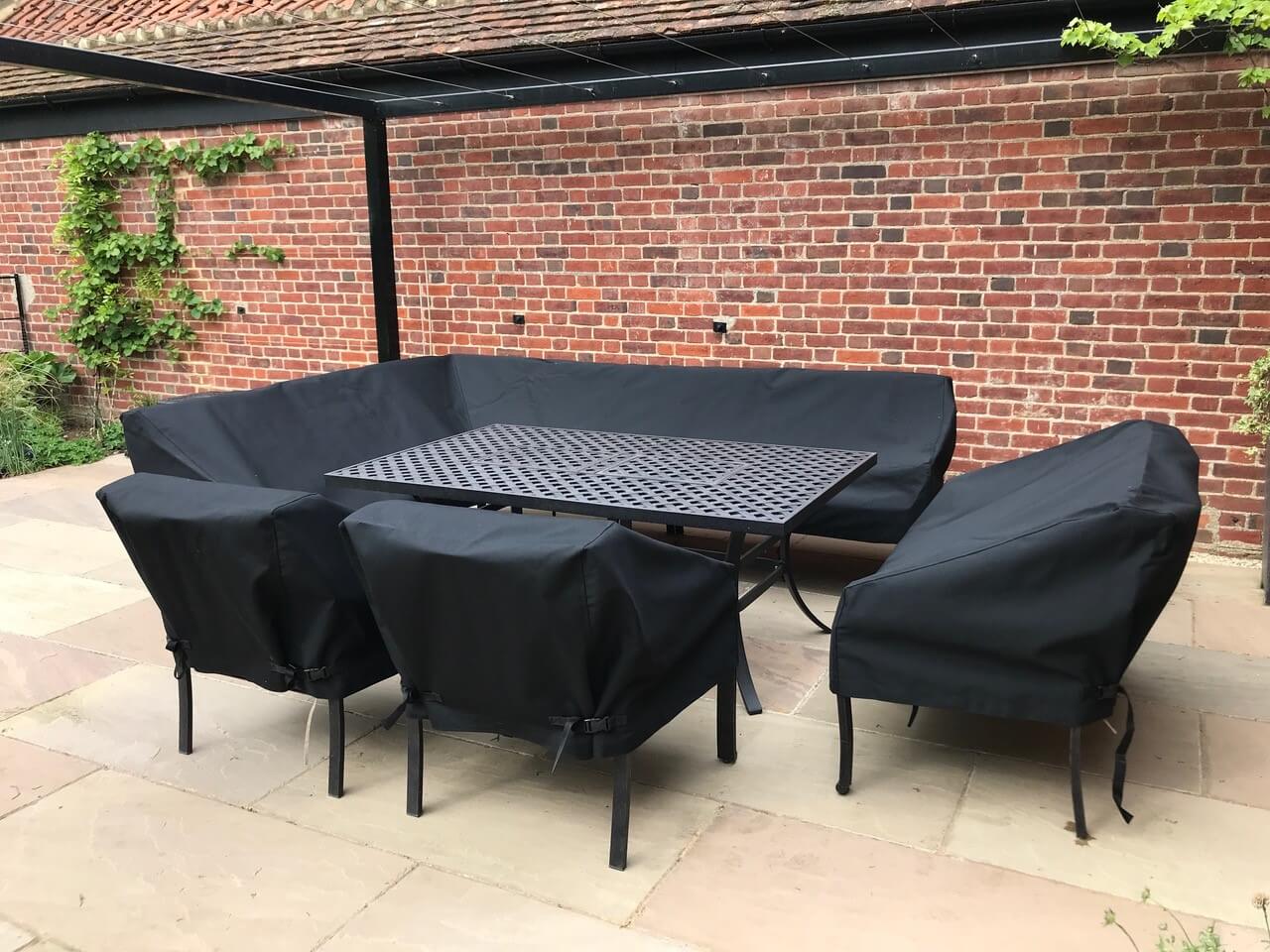
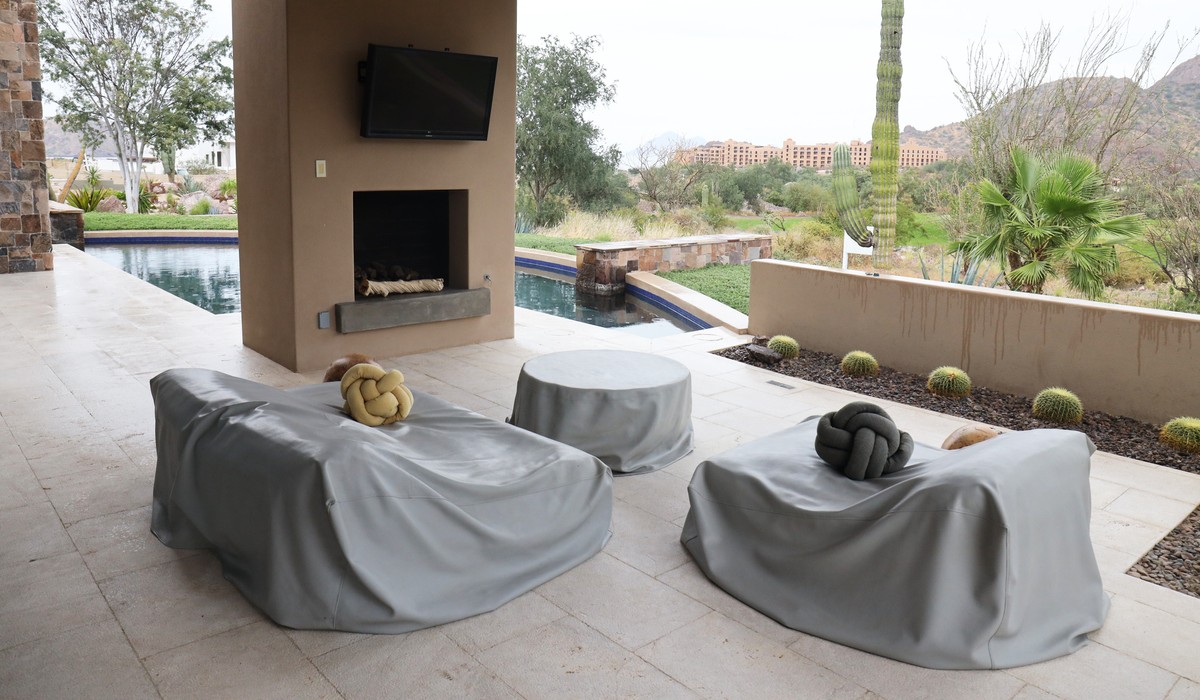
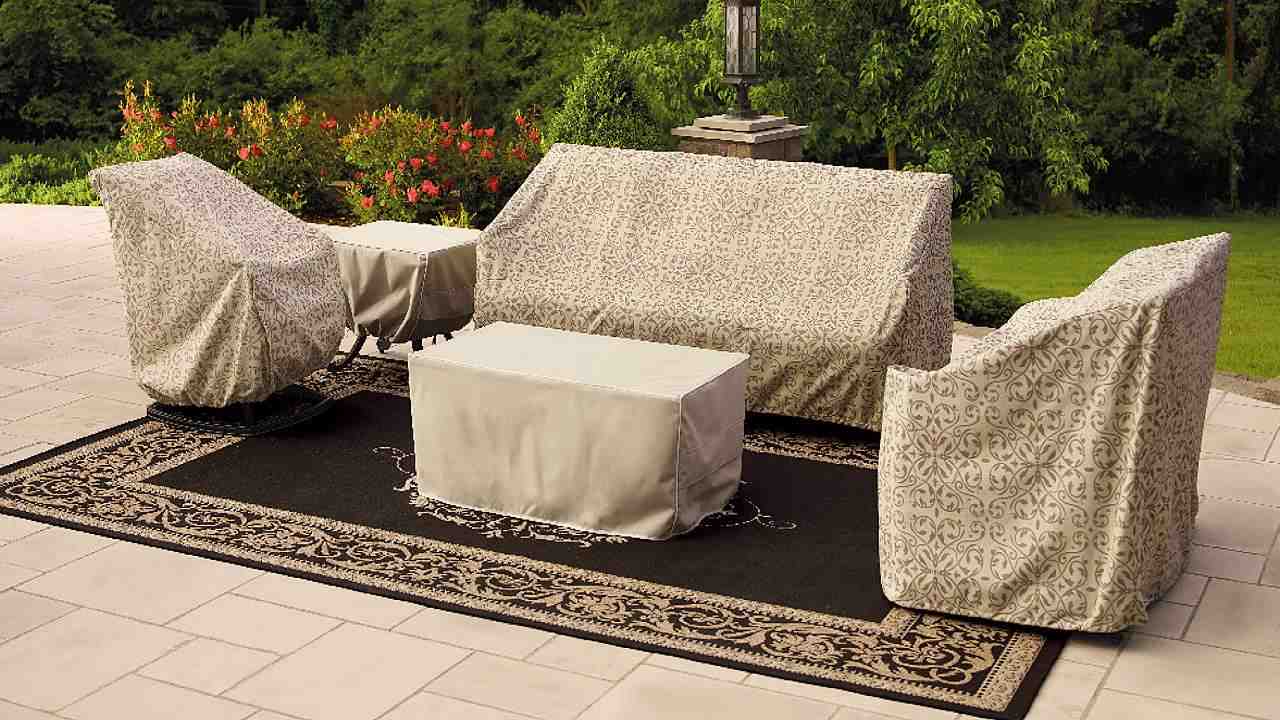
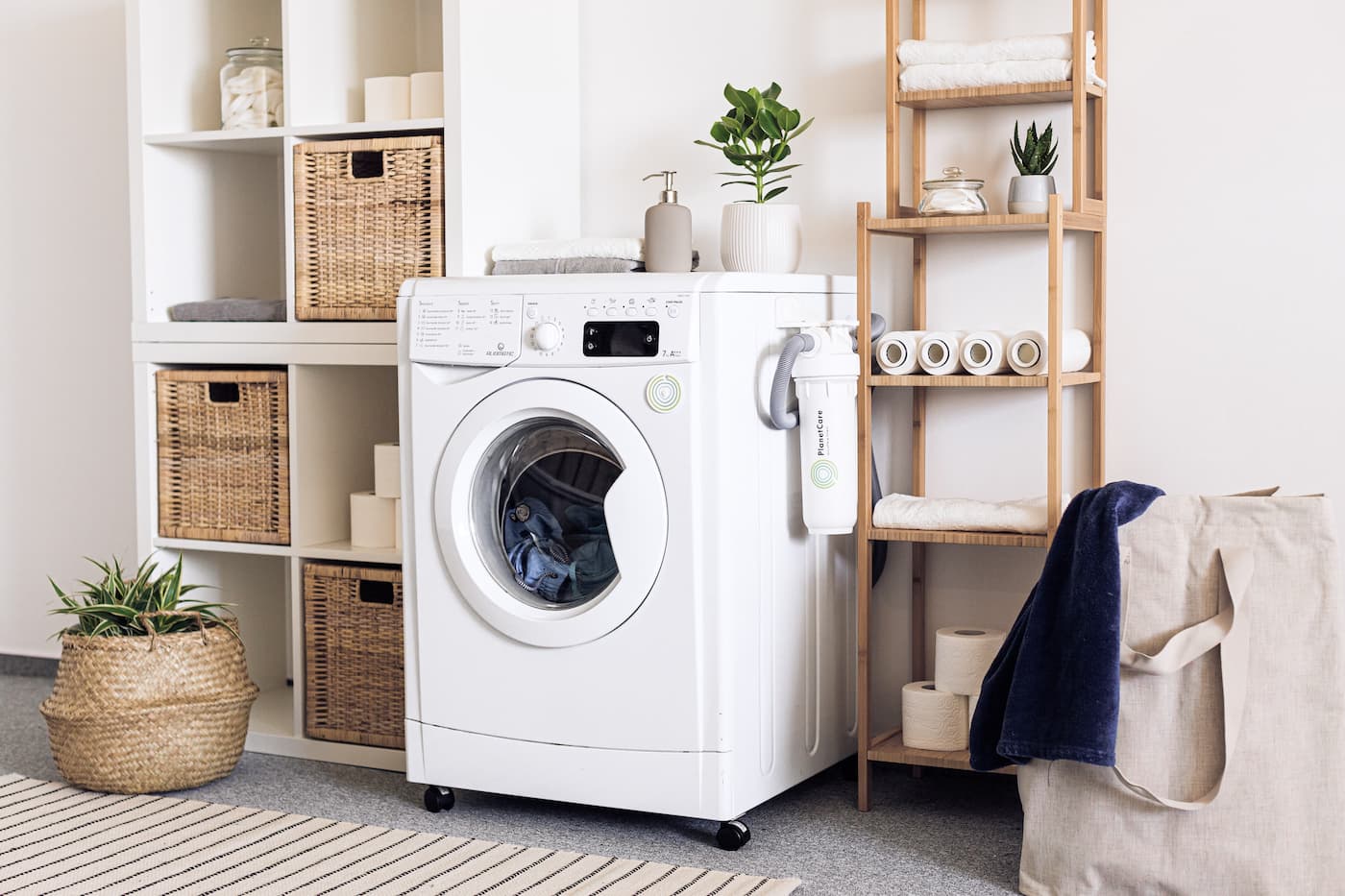
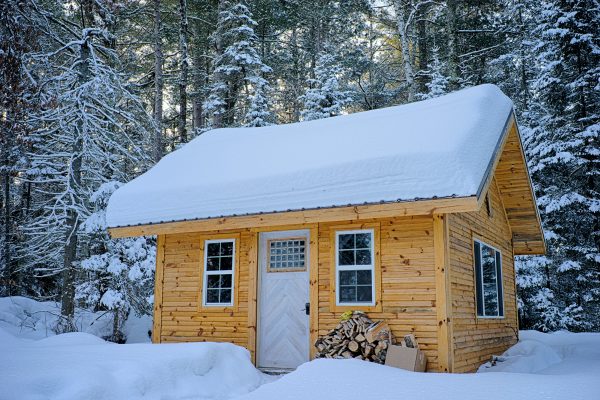

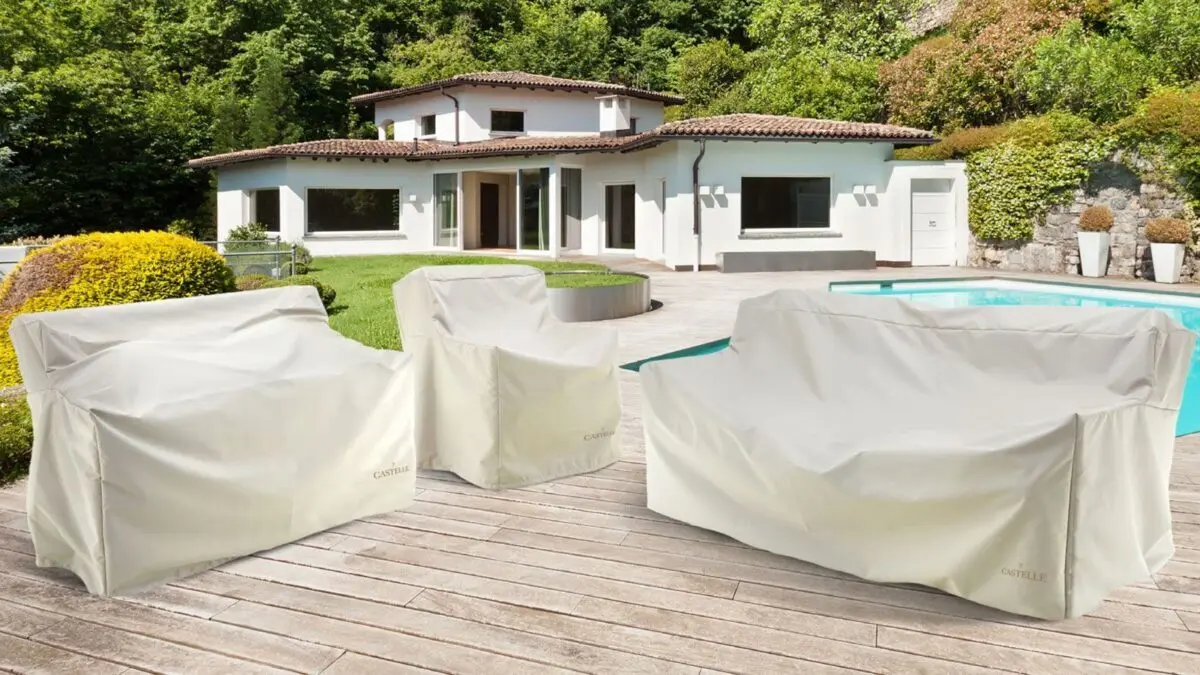
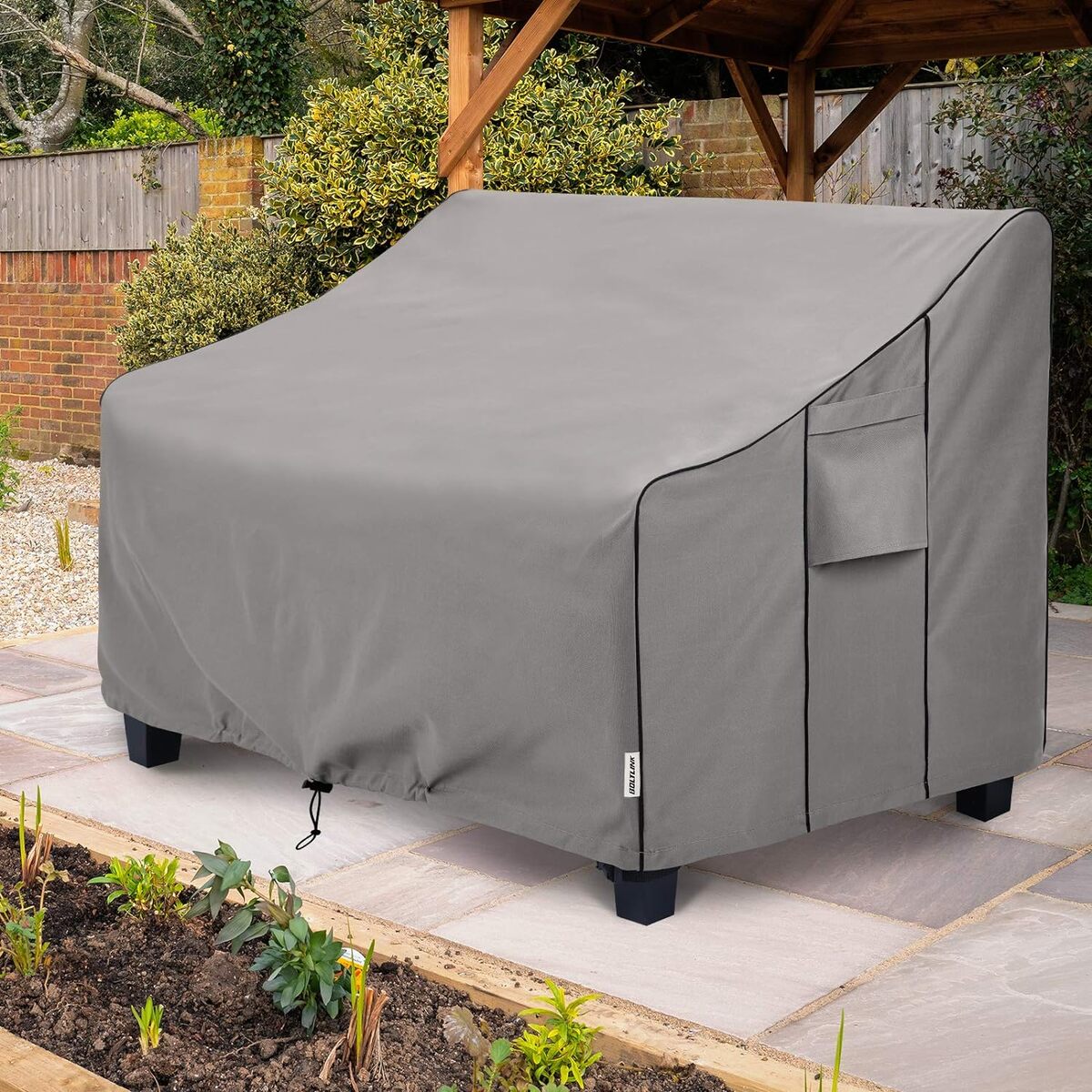
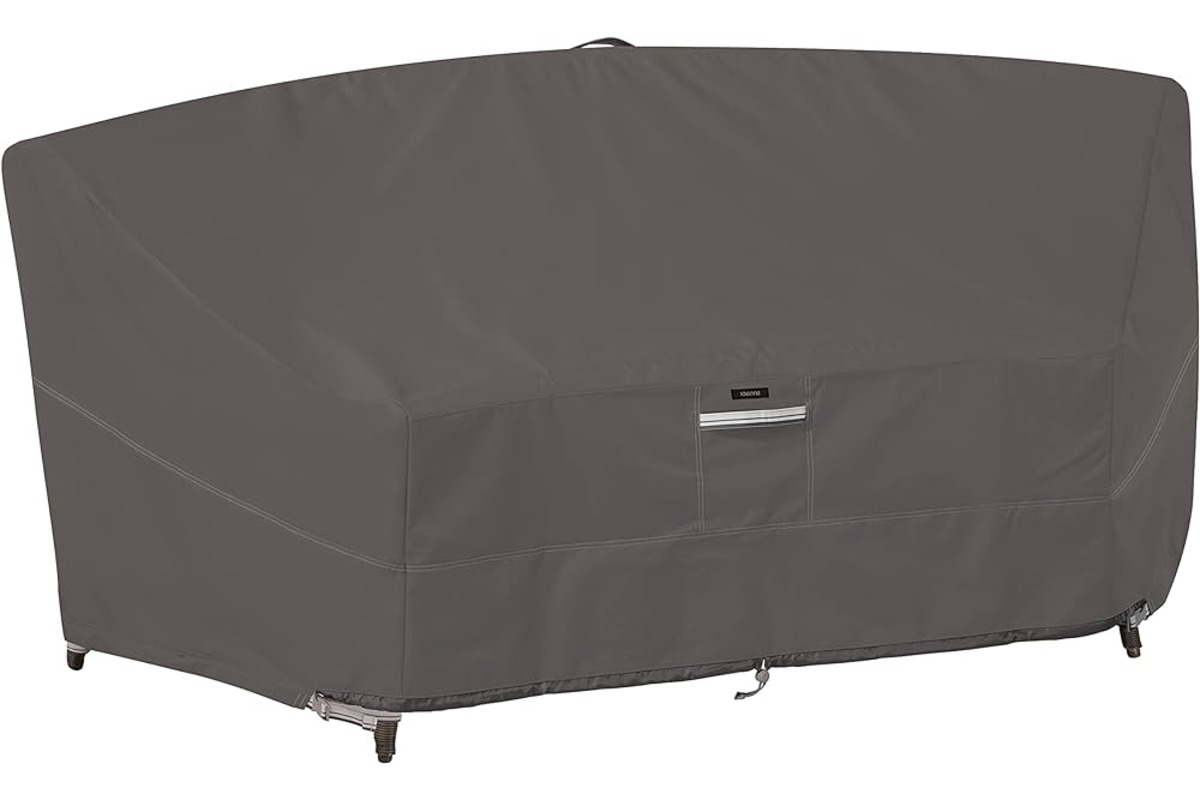


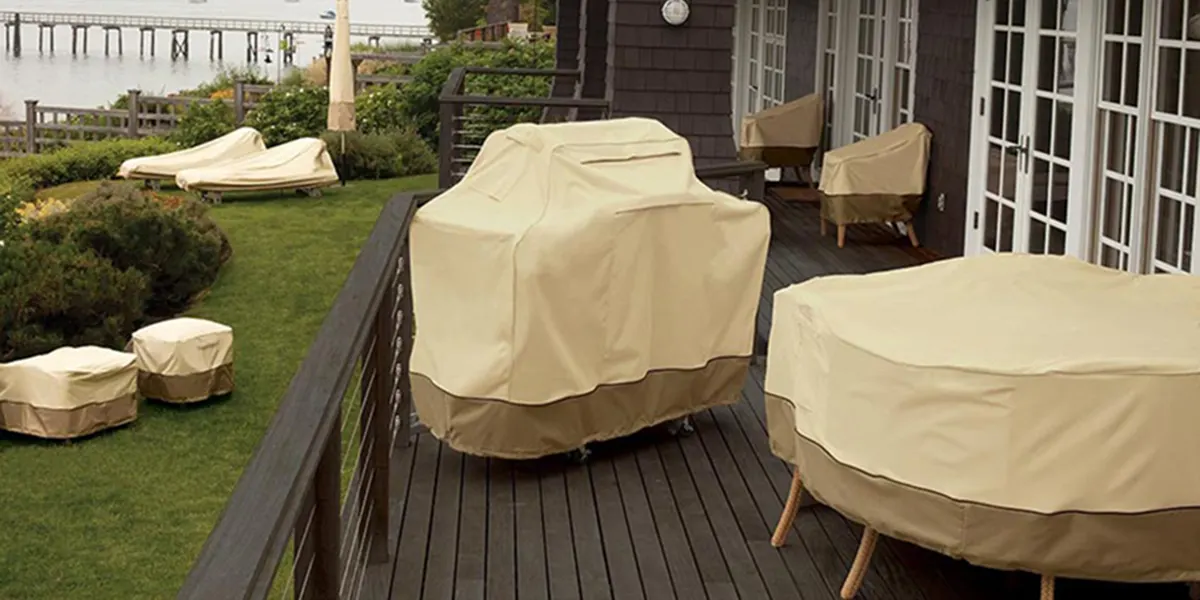
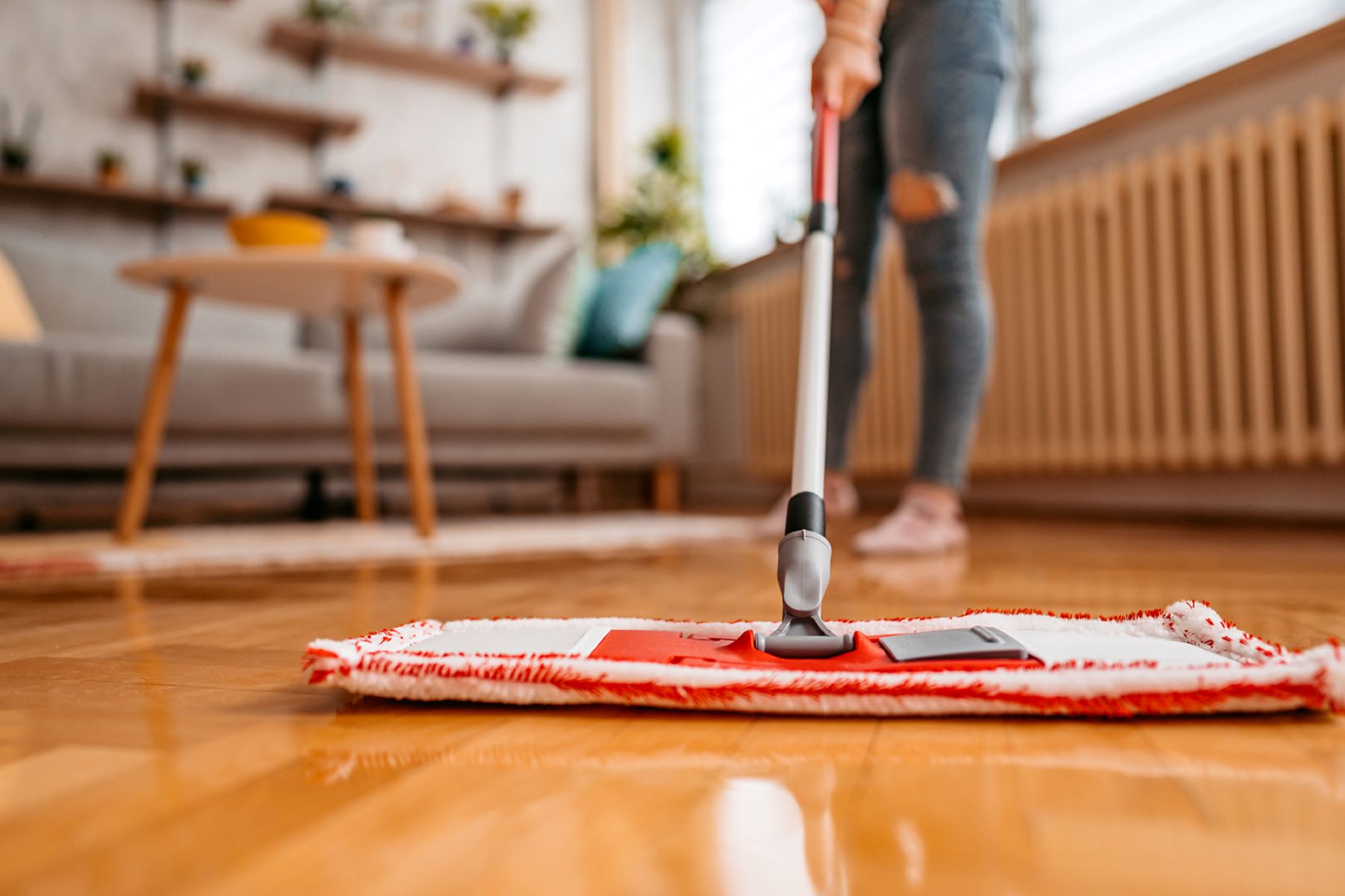
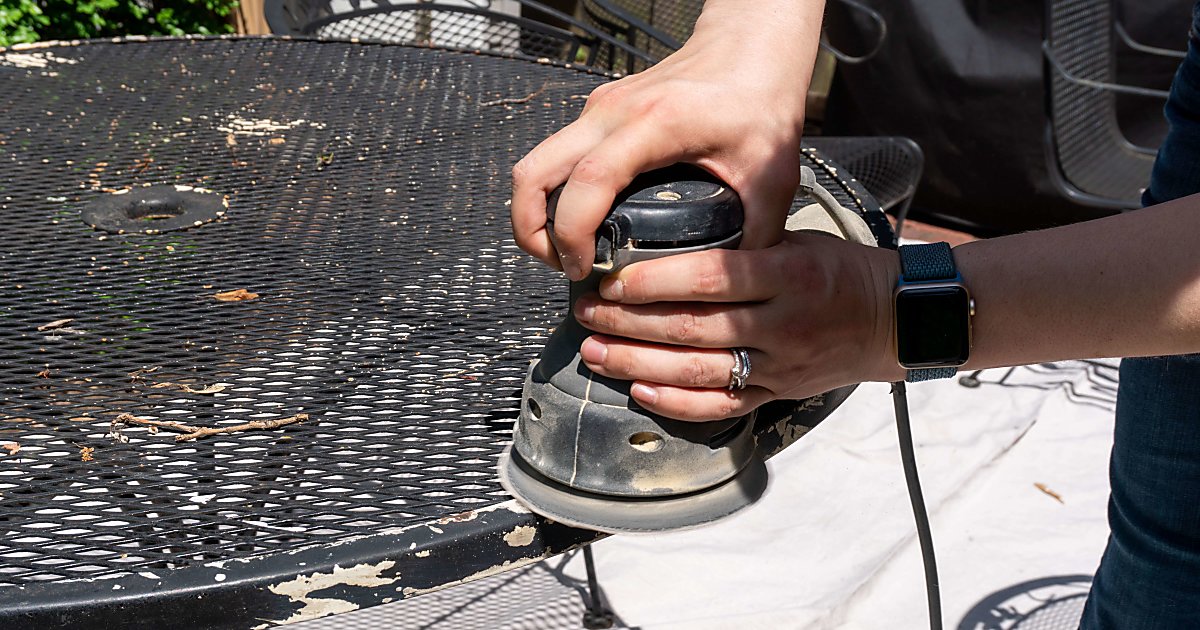

0 thoughts on “How To Cover Furniture During Renovation”